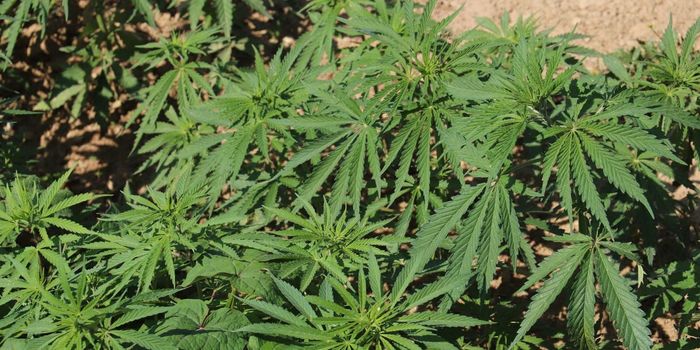Pesticide Use in Cannabis Farming
What's the first thing you do when you get home with freshly bought fruits and vegetables? You wash them off to make sure they are clean and free of residue. Studies are being conducted on pesticide use with agricultural crops, including what is the appropriate pesticide to use, how much, and what the residue and health effects will be if ingested. However, with cannabis classified as a Schedule 1 drug, there are no designated federal guidelines to regulate the use of pesticides on cannabis crops.
Just like any other crop, cannabis is susceptible to pest, mold, mildew, and disease. Without any federal oversight, the EPA (Environmental Protection Agency) is not able to label which pesticides are approved for use on cannabis and states can't allow the use of pesticides that aren't approved at the federal level. Many states can't obtain funding to conduct research on what levels of pesticides are acceptable for use and what levels of pesticide residue are safe, because of the federal classification cannabis is listed under. It is up to each state that has legalized cannabis to conduct their own research and create their own guidelines. The departments of agriculture in Colorado and Washington offer information on pesticides for the use on cannabis crops, "Most of the products they name contain active ingredients that have low toxicity and are considered minimal risk, like petroleum oil, soap, and sulfur, making them exempt from EPA rules on pesticide residues."

Using an abundant amount of chemicals can cause health concerns, but not using any pesticide treatment could pose health issues as well. Inhaling mold and bacteria microbes can cause side effects and illness. Ingesting or inhaling these pathogens could especially put the consumers who are using marijuana for medical reasons at a greater risk. Patients already have a compromised immune system; they are vulnerable to a secondary infection.
Several discussions need to happen between the state and the federal departments. The need to identify gaps in the cannabis industry's analytical needs along with the appropriate pesticides and acceptable levels that need to be available for use to growers and farmers. Some states use organic and natural pesticide remedies, which can include neem oil or rosemary extract. However, natural remedies are not able to address all the issues and concerns dealing with pests, mold, mildew, and disease. Before distributing to dispensaries, states need to consider testing their cannabis for pesticide residue and harmful pathogens. A chemistry laboratory scientist, Susan Audino explains the importance of implementing the ISO/IEC 17025 in laboratory testing facilities, "..it ensures the cannabis testing laboratory adheres to and incorporates competent practices. Consumers and regulators are in a position to evaluate the veracity of statements made on products and in test reports."
Obtaining the ISO accreditation is tough for well run analytical laboratories and requires significant investment and resources. That is not the only process that will be tough for states to implement towards the goal of providing safe and consumable cannabis products to the market. Watch the video below for an overview on pesticide use in cannabis crops.
Sources: The Atlantic, Cannabis Science and Technology








